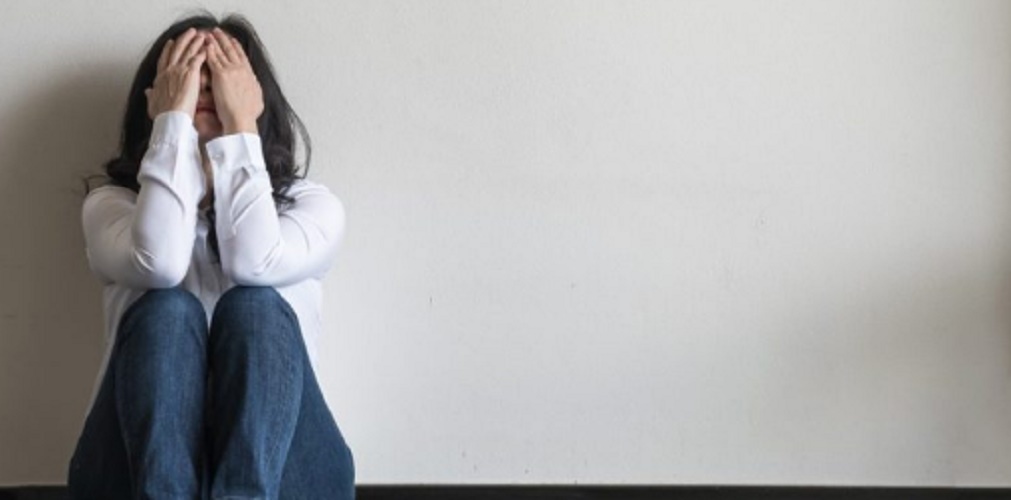What is phobia?
We explain what a phobia is and some examples of this irrational fear. Also, what are chronic phobias and their treatment.
-
What is phobia?
The phobia is a fear so intense that the person feels that, if exposed to what he fears, he could die . It is also called hate phobia or antipathy that is felt by a person.
This term comes from the Greek Phobos , which means panic, and is associated with fear. Phobos in Greek mythology was the son of Ades and the goddess Aphrodite, and was the very representation of fear.
The phobias are not a rational fear nor do they really represent a danger . These imaginary threats can be seen in animals, situations, things, places and others. According to statistics, one in 20 people suffer from some phobia. On the other hand, it could be that the phobias are genetic, that is, if someone in your family suffers from it, it could be transmitted, although it could also happen that the child simply fears what the parents.
These emotional disorders have their reason in the depth of consciousness, arise from an experience that can be described as traumatic , and are shown through stress and anxiety when that time comes, it can even happen that this person shows excessive sweating or have problems controlling limb muscles.
This happens because the natural reaction of a human being is to flee when he feels threatened, but this situation blocks him mentally in a way that prevents him.
For example , someone with spider phobia ( arachnophobia ) is not stressed all the time , but when faced with an animal of this type. People are aware of their fears, but that does not imply that they can be controlled. They may also experience other sensations or discomforts, such as dizziness, headaches, stomach or nausea.
-
Examples of phobias
There are many phobias that turn out to be curious and funny because of the improbability of the situation and others that, on the other hand, are more frequent. With the names of each one, the specific origin of that fear is known. Let’s see some:
- Ailurophobic is the one who fears cats.
- Acrophobia is the fear of heights.
- Androphobia is the fear of men (this type is one of the least known).
- Astraphobia is the irrational fear of storms.
- Cynophobia is the fear of a pet that most of us love: dogs.
- Nichtophobia is a fear that we all have as children, it is the panic of the dark.
- agoraphobia is the fear of leaving home, to public places.
- Aporophobia is an irrational panic to people in street situations or extreme poverty.
- Paraskavedekatriaphobia (yes, very difficult to read) is the phobia that a person feels towards Friday the 13th.
The Manual of Diagnosis of Mental Disorders (DSM-IV) defines phobias as “ accused and persistent fear that is excessive or irrational, triggered by the presence or anticipation of a specific object or situation ,” this last sentence refers to A person may feel phobia even if he is not in the presence of that which frightens him so much . For example, a person who has a phobia of flying may begin to experience symptoms from a day before taking their flight.
-
Chronic phobias

The phobias could become chronic if they are not treated on time and / or properly . A non-permanent solution to phobias is to avoid facing these situations, but these, being momentary, will only hinder our social life and affect those around us, therefore it is necessary that those fears face each other looking for the cause, the root of the same. This will be possible with therapy sessions with a psychologist or a psychiatrist, depending on the severity of the matter.
-
Treatment for phobias
Clearly this will depend on the evaluation of a professional doctor , not the people in our environment or our opinion on the subject. The main objective of the treatment you will receive is, in addition to discovering the source of the problem, to help you overcome it so that you do not relapse into that behavior. It will begin with the least feared phobia component until it reaches the greatest cause. One option is also to face real-life situations that scare you. It also helps the intake of some medications such as anxiolytics or antidepressants.
Phobias can cause panic attacks , that’s why therapies are accompanied by medications for those. It will also help the phobic patient to exercise regularly, to clear his mind and engage in something healthy, sleep the indicated hours (8 hours per day), practice relaxation techniques to put into practice in such a situation (yoga is an activity that it will help you), you have to reduce the cups of coffee per day or, if possible, avoid it completely, as well as other stimulating substances that accelerate us.
All types of phobias have at the end of the term this word, as agoraphobia, but the word photophobia particularly refers to an eye problem where light causes inflammation and / or dilation of the pupil.





